

- RFQ
- BOM
-
Contact Us
Tel: +86-0755-83501315
Email: sales@sic-components.com
- Chinese
- English
- French
- German
- Portuguese
- Spanish
- Russian
- Japanese
- Korean
- Arabic
- Irish
- Greek
- Turkish
- Italian
- Danish
- Romanian
- Indonesian
- Czech
- Afrikaans
- Swedish
- Polish
- Basque
- Catalan
- Esperanto
- Hindi
- Lao
- Albanian
- Amharic
- Armenian
- Azerbaijani
- Belarusian
- Bengali
- Bosnian
- Bulgarian
- Cebuano
- Chichewa
- Corsican
- Croatian
- Dutch
- Estonian
- Filipino
- Finnish
- Frisian
- Galician
- Georgian
- Gujarati
- Haitian
- Hausa
- Hawaiian
- Hebrew
- Hmong
- Hungarian
- Icelandic
- Igbo
- Javanese
- Kannada
- Kazakh
- Khmer
- Kurdish
- Kyrgyz
- Latin
- Latvian
- Lithuanian
- Luxembou..
- Macedonian
- Malagasy
- Malay
- Malayalam
- Maltese
- Maori
- Marathi
- Mongolian
- Burmese
- Nepali
- Norwegian
- Pashto
- Persian
- Punjabi
- Serbian
- Sesotho
- Sinhala
- Slovak
- Slovenian
- Somali
- Samoan
- Scots Gaelic
- Shona
- Sindhi
- Sundanese
- Swahili
- Tajik
- Tamil
- Telugu
- Thai
- Ukrainian
- Urdu
- Uzbek
- Vietnamese
- Welsh
- Xhosa
- Yiddish
- Yoruba
- Zulu
- Kinyarwanda
- Tatar
- Oriya
- Turkmen
- Uyghur
Switch Diode
1. Introduction to Switching Diodes https://www.sic-components.com/resistors
A switching diode is a semiconductor device designed to rapidly toggle between conducting ("ON") and non-conducting ("OFF") states in electronic circuits. Unlike traditional diodes, which primarily focus on rectification, switching diodes prioritize speed and low power loss during state transitions. This makes them critical in high-frequency applications, such as signal processing, pulse circuits, and power management systems.
2. Classification of Diodes (Including Switching Diodes) https://www.sic-components.com/resistors
Diodes are broadly categorized based on their functions and structures:
Rectifier Diodes: Optimized for AC-DC conversion (e.g., bridge rectifiers in power supplies).
Zener Diodes: Designed for voltage regulation in reverse-biased states.
Schottky Diodes: Feature ultra-low forward voltage drop and fast switching for low-power applications.
Light-Emitting Diodes (LEDs): Convert electrical energy to light.
Switching Diodes: Specialized for high-speed on/off switching, further divided into sub-types (see Section 4).
3. Working Principle of Switching Diodes https://www.sic-components.com/resistors
Switching diodes operate based on the PN-junction structure of semiconductors:
Forward Bias (ON State): When a positive voltage is applied to the anode (P-side) and negative to the cathode (N-side), the diode conducts current with low resistance, acting like a closed switch.
Reverse Bias (OFF State): With reversed voltage, the diode blocks current, acting like an open switch.
Key Mechanism – Reverse Recovery Time (trr):
The critical parameter trr defines how quickly a diode transitions from ON to OFF. During this phase, minority carriers (electrons in P-region, holes in N-region) create a brief reverse current spike. A shorter trr (nanoseconds for silicon switching diodes) minimizes energy loss and enables high-frequency operation.
4. Types and Features of Switching Diodes https://www.sic-components.com/resistors
Switching diodes are classified based on speed, power handling, and application:
Type Key Features Typical Applications
Ordinary Diode General-purpose, moderate trr (e.g., 2AK series germanium diodes). Basic switching in low-frequency circuits.
High-Speed Diode Shorter trr (nanoseconds), silicon-based (e.g., 2CK, 1N series). High-frequency signal processing (RF, digital logic).
Ultra-High-Speed Diode Ultrafast trr (sub-nanoseconds), used in microwave applications (e.g., 1SS series). 5G communication, radar systems.
Low-Power Diode Minimal power consumption, small form factors (e.g., SOT-23 packages). Portable devices (smartphones, IoT sensors).
High Reverse Voltage Diode High reverse breakdown voltage (>220V), suitable for robust circuits. Automotive ECUs, industrial power supplies.
Silicon Voltage Switching Diode Bidirectional or unidirectional, exhibits negative resistance switching. Voltage clamping, pulse generators, overvoltage protection.
5. The Role of Switching Diodes https://www.sic-components.com/resistors
High-Speed Signal Processing: Enables rapid state transitions in digital logic gates and RF switches.
Power Management: Regulates the power flow in DC-DC converters and battery-powered devices.
Protection Circuits: Serves as transient voltage suppressors (TVS) or voltage clamps to safeguard components against voltage surges.
Energy Efficiency: Minimizes power loss during the switching process, which is essential for battery-driven electronic devices.
6. How to Test Switching Diodes?
Method 1: Digital Multimeter Diode Test Mode
Power Off and Discharge: Ensure that there is no voltage present in the circuit (discharge the capacitors).
Set the Multimeter: Select the Diode Test mode
Forward Bias Test: Connect the red probe to the anode and the black probe to the cathode.
Normal Reading (Good Diode): 0.5–0.8V for silicon diodes and 0.2–0.3V for germanium diodes.
Reverse Bias Test: Swap the probes.
Normal Reading (Good Diode): "OL" (indicating an open circuit).
Method 2: Resistance Mode
Steps: Use the Ω mode (at a high range, for example, 10kΩ) and connect the test probes as described above.
Normal Reading (Good Diode): For forward bias, the reading shows a resistance value between 1kΩ and 10MΩ. For reverse bias, the reading shows "OL".
Limitations: Less reliable because the test result depends on the voltage of the multimeter. It is best used for cross-verification purposes.
7 . Difference Between Switching Diode and Rectifier Diode https://www.sic-components.com/resistors
Feature Switching Diode Rectifier Diode
Main Purpose High-speed switching in signals/circuits AC-DC rectification in power supplies
trr Short (nanoseconds) Long (microseconds)
Voltage/Current Low (≤200V, ≤100mA) High (200–1000V, ≥0.5A)
8. Conclusion
Switching diodes are indispensable in modern electronics, driving innovation in speed, efficiency, and miniaturization. Their ability to handle high-frequency switching with minimal loss makes them vital for advanced applications, from 5G communications to autonomous vehicles. By understanding their types, testing methods, and unique advantages over rectifier diodes, engineers can optimize circuit design for performance and reliability. As technology evolves, switching diodes—particularly those using wide-bandgap materials like SiC—will continue to shape the future of high-speed electronics.
Looking for a high-quality Switch Diode supplier? Look no further than SIC Company! We offer an extensive product portfolio that covers a wide range of voltage specifications, from low to high. Whether it's for low-power applications or high-power requirements, we can provide suitable diode products.
The Switch Diodes from SIC Company have an extremely broad range of applications. In the charging systems and motor drives of new energy vehicles, they help improve efficiency and reduce energy consumption. When used in photovoltaic inverters, they can minimize power losses and enhance power generation efficiency. In the field of industrial power supplies, they can enhance stability and reliability. With their excellent performance and reliable quality, our products are highly recognized in the market. Choosing SIC Company means choosing a professional and comprehensive Switch Diode solution.
https://www.sic-components.com/resistors

Hot Products
View MoreRelated Blogs

2000+
Daily average RFQ Volume

30,000,000
Standard Product Unit

2800+
Worldwide Manufacturers

15,000 m2
In-stock Warehouse



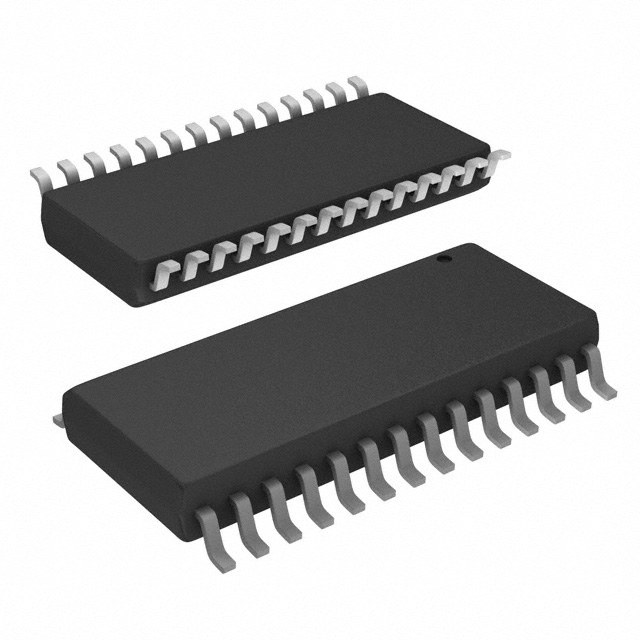
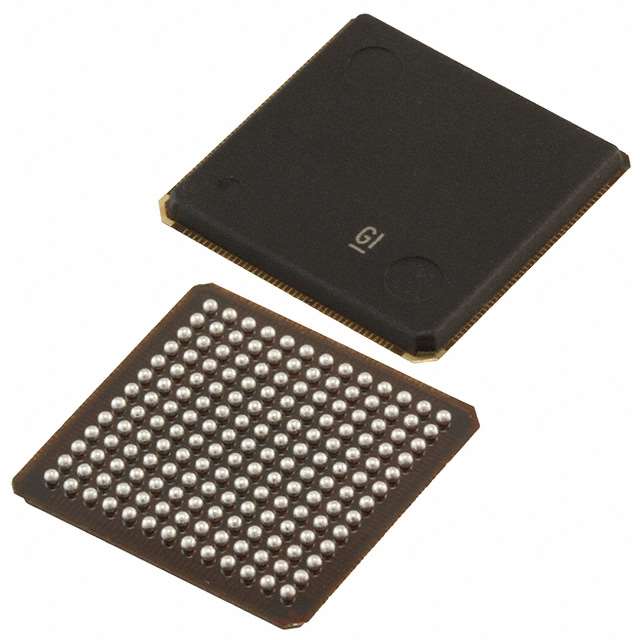
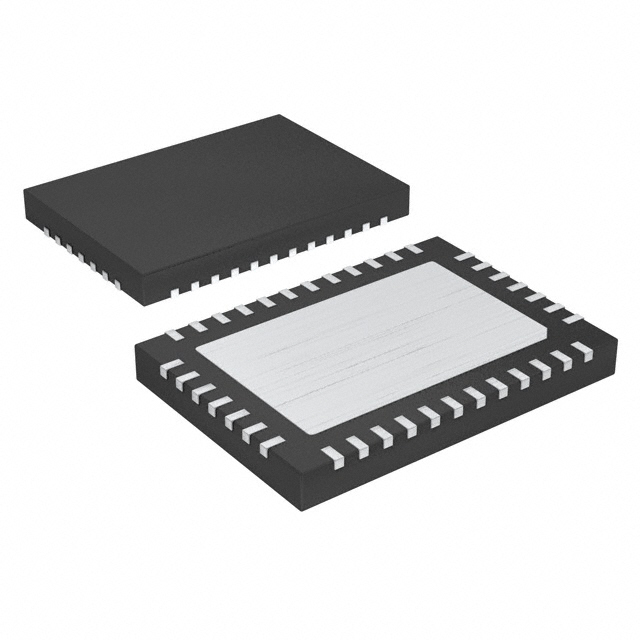
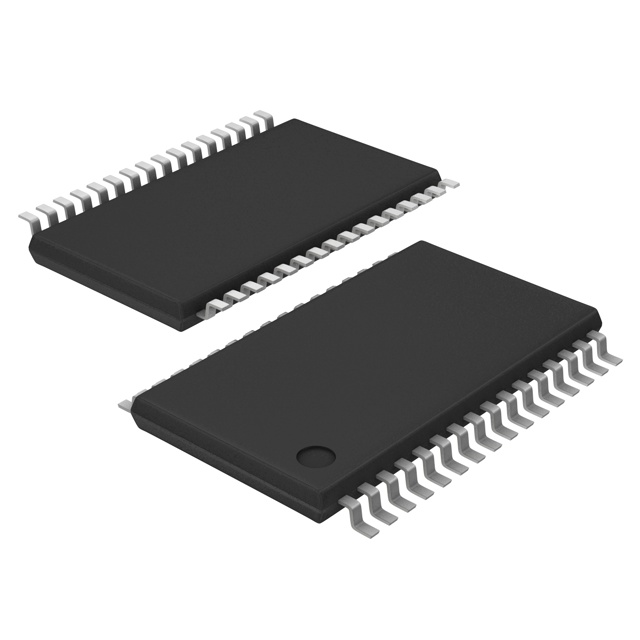
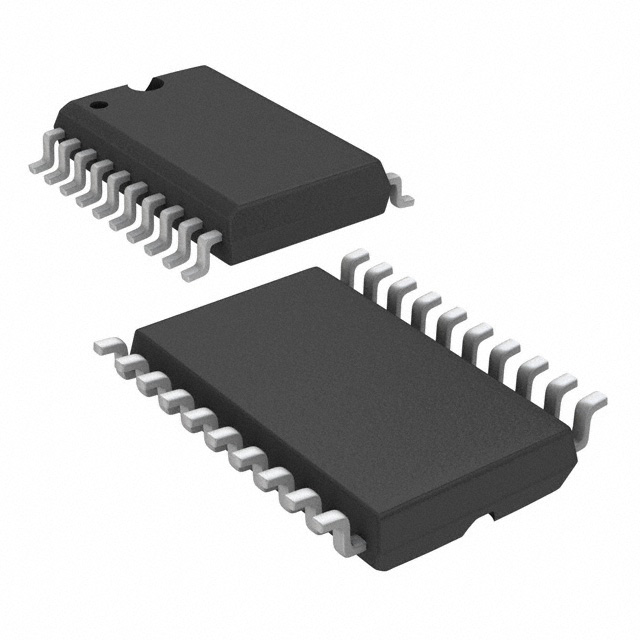
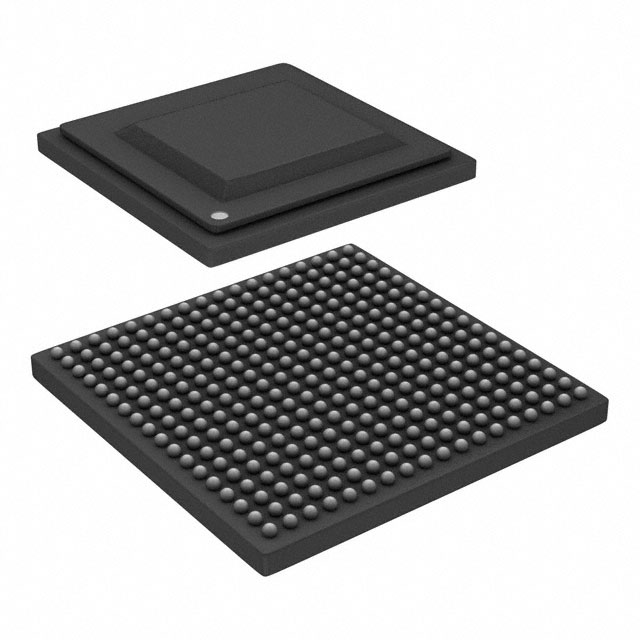
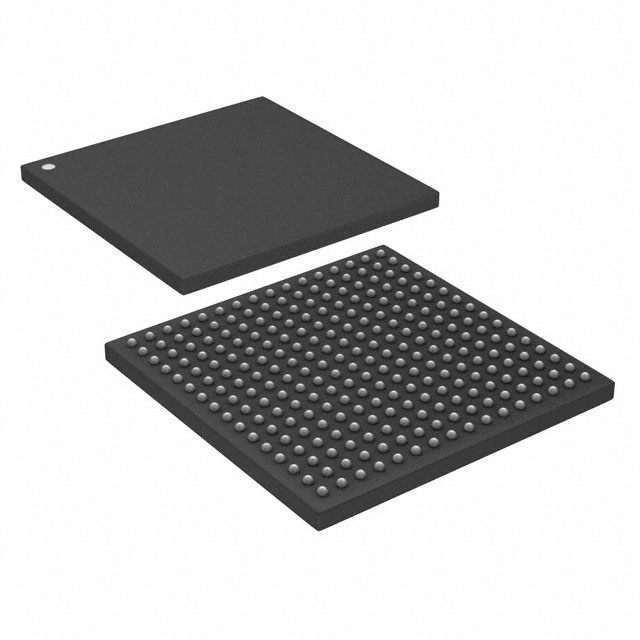
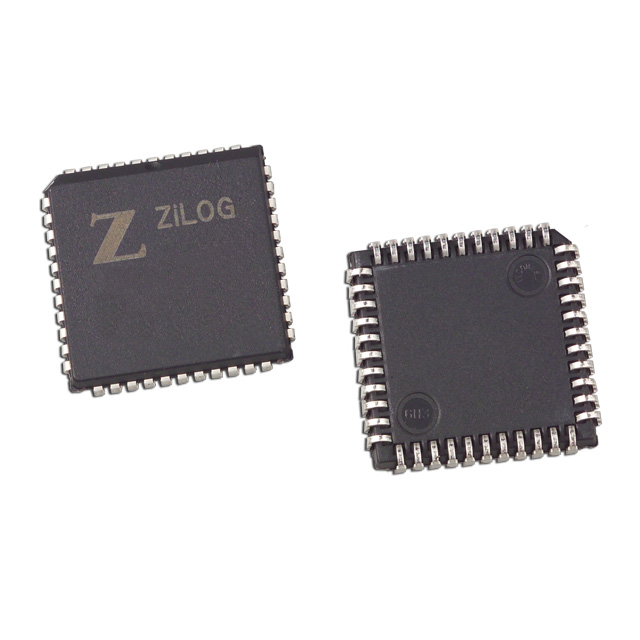
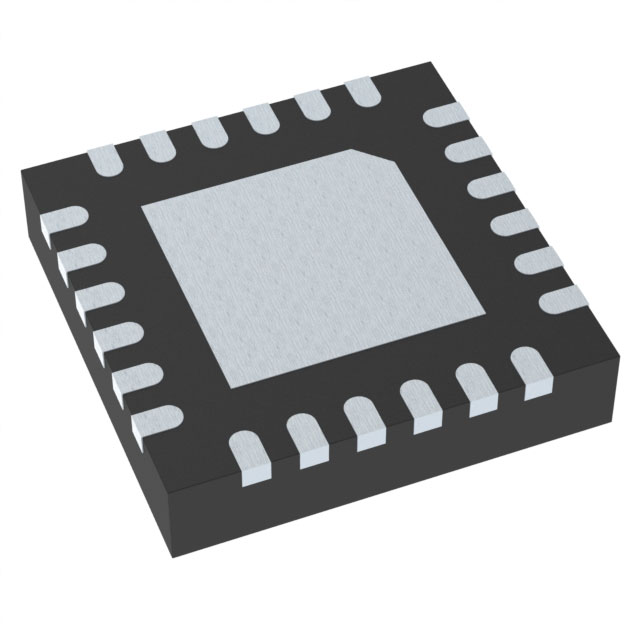
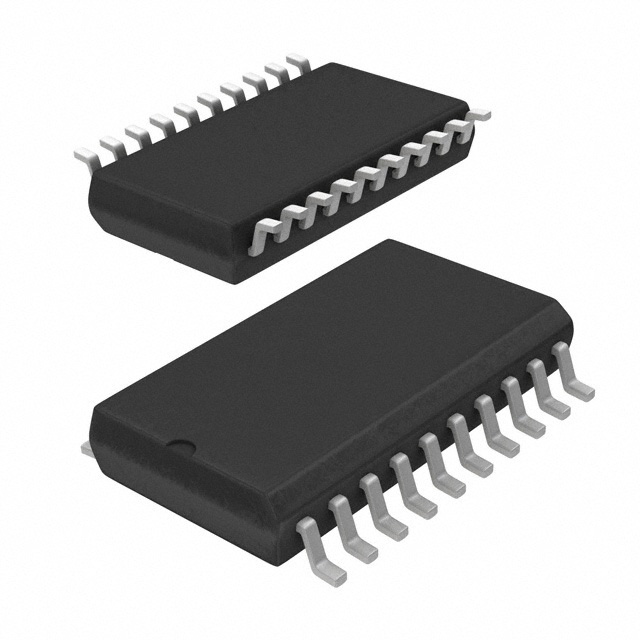

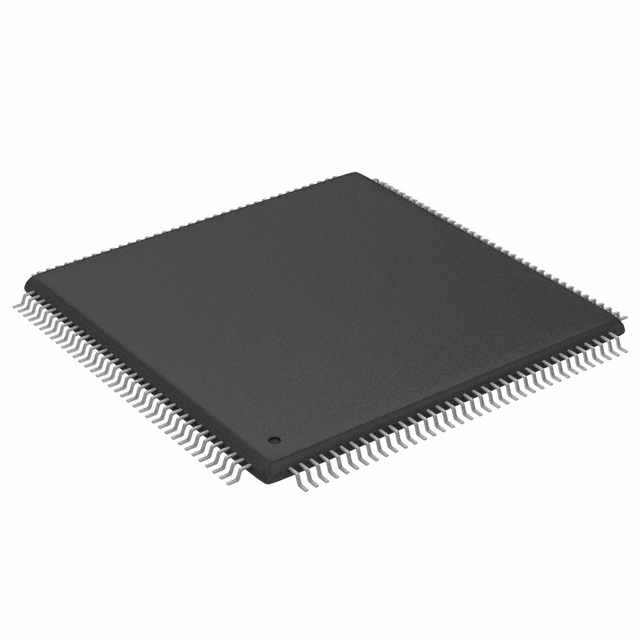
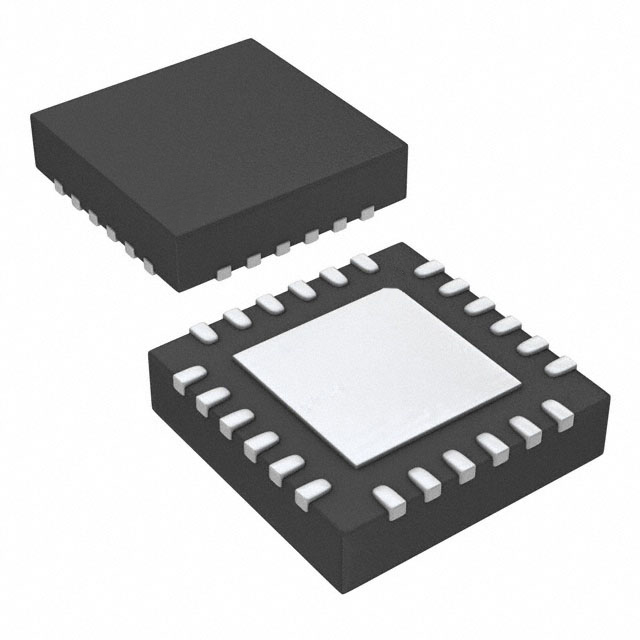
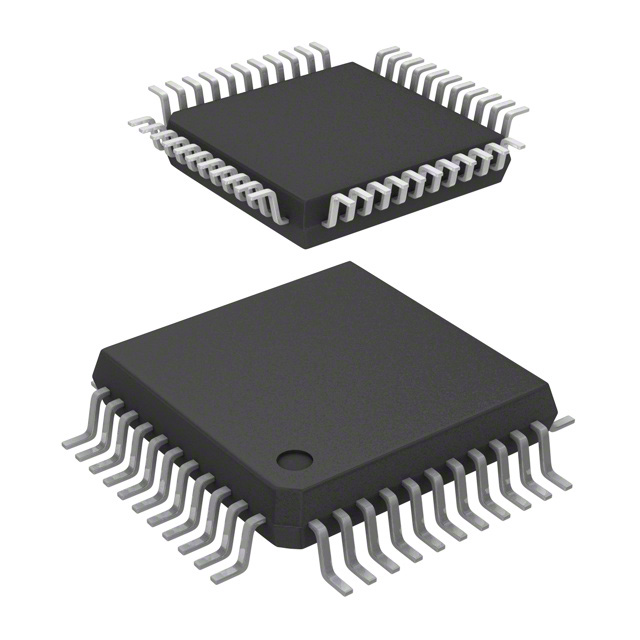
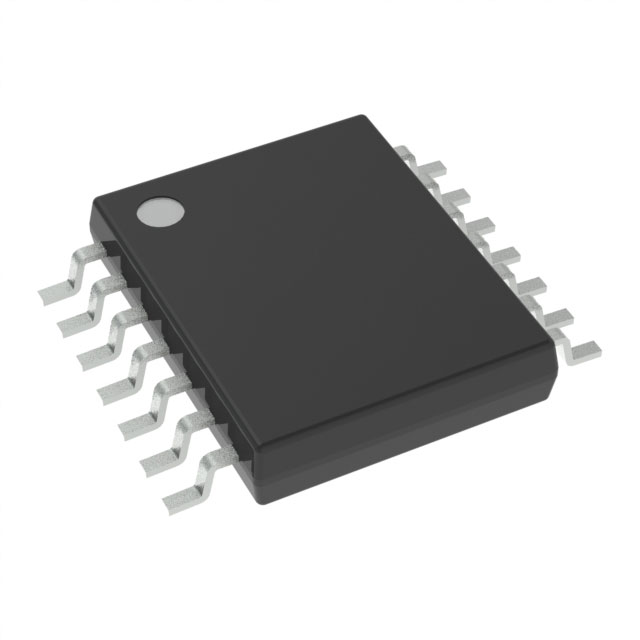









 Wishlist (0 Items)
Wishlist (0 Items)